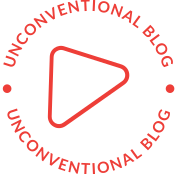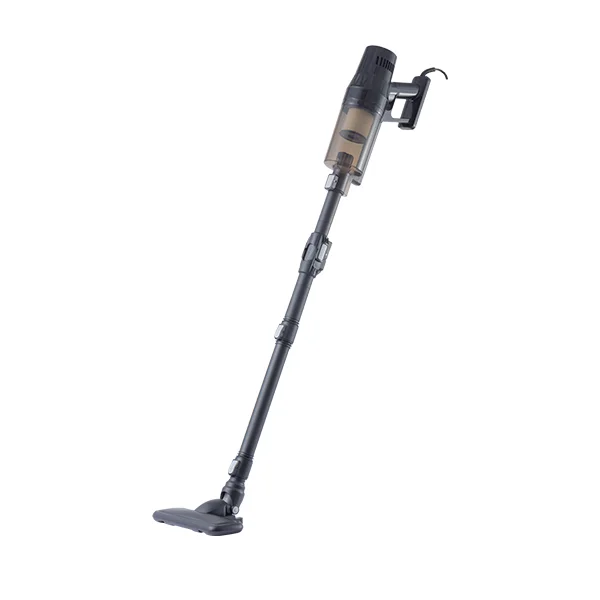The Enigma of Night Vision: Understanding the Restrictions and Their Implications
In an age where technology continues to advance at an unprecedented pace, night vision devices have emerged as crucial tools across various sectors, including military, law enforcement, wildlife observation, and even recreational activities. However, the use of night vision technology is not without its restrictions. This article delves into the multifaceted reasons behind these limitations, exploring legal, ethical, and security considerations that shape the landscape of night vision usage.
The Legal Framework Surrounding Night Vision
One of the primary reasons night vision technology is restricted lies within the legal framework established by governments worldwide. In many countries, the production, sale, and ownership of night vision devices are regulated to prevent misuse and ensure public safety.
- National Security Concerns: Night vision technology can provide significant advantages in military operations and surveillance. As such, governments impose restrictions to prevent sensitive technology from falling into the hands of adversaries. For instance, in the United States, the International Traffic in Arms Regulations (ITAR) governs the export of defense-related technologies, including advanced night vision systems. These regulations ensure that only authorized entities can access and utilize such technology, thereby safeguarding national security interests.
- Law Enforcement Regulations: Law enforcement agencies often utilize night vision equipment for surveillance and tactical operations. However, the use of such devices is subject to strict guidelines to protect citizens' rights. Unauthorized use of night vision technology can lead to privacy violations and potential abuse of power. Consequently, many jurisdictions have established regulations that dictate when and how law enforcement can deploy night vision devices, ensuring accountability and transparency.
Ethical Considerations in Night Vision Usage
Beyond legal restrictions, ethical considerations play a significant role in the limitations placed on night vision technology. The potential for misuse raises important questions about the moral implications of using such devices.
- Privacy Issues: The ability to see in the dark can infringe upon individuals' privacy rights. For example, the use of night vision by private citizens or organizations for surveillance purposes can lead to unauthorized monitoring of individuals in their homes or private spaces. This ethical dilemma has prompted discussions about the need for clear guidelines and restrictions to protect personal privacy while balancing the benefits of night vision technology.
- Wildlife Conservation: In the realm of wildlife observation, the use of night vision devices can disrupt natural behaviors and habitats. Researchers and conservationists often advocate for responsible usage to minimize the impact on wildlife. Restrictions may be implemented to limit the use of night vision in sensitive ecological areas, ensuring that human activities do not adversely affect animal populations and their environments.
Security Implications of Night Vision Technology
The security implications of night vision technology extend beyond individual privacy concerns. The potential for misuse in criminal activities raises alarms among law enforcement and security agencies.
- Criminal Activities: The accessibility of night vision devices can empower criminals, enabling them to conduct illicit activities under the cover of darkness. Burglars, poachers, and other offenders can exploit night vision technology to gain an advantage, making it imperative for authorities to regulate access to such devices. By imposing restrictions, governments aim to deter criminal behavior and enhance public safety.
- Counter-Terrorism Measures: In the context of counter-terrorism, the use of night vision technology can be a double-edged sword. While it can aid security forces in identifying and neutralizing threats, it can also be harnessed by terrorist organizations for nefarious purposes. As a result, governments must strike a delicate balance between allowing legitimate use for security purposes and preventing potential misuse by malicious actors.
Conclusion: Navigating the Complex Landscape of Night Vision Restrictions
The restrictions surrounding night vision technology are not arbitrary; they are rooted in a complex interplay of legal, ethical, and security considerations. As technology continues to evolve, so too will the discussions surrounding its use. Stakeholders, including policymakers, law enforcement, and the public, must engage in ongoing dialogue to ensure that night vision technology is utilized responsibly and ethically.





